Disposable Products You Use Every Day That Have a Reusable Alternative
Cups, bags, wipes, and wrappers slip into your day without much thought, used once and forgotten. But the pile doesn’t vanish; it just moves somewhere else. Reusable options aren’t about reinventing your routine, only paying a bit more attention to it. Many swaps work exactly the same, last longer, and save money in the long run. Here are 20 common disposables you can easily replace with something that sticks around.
Sandwich Bags
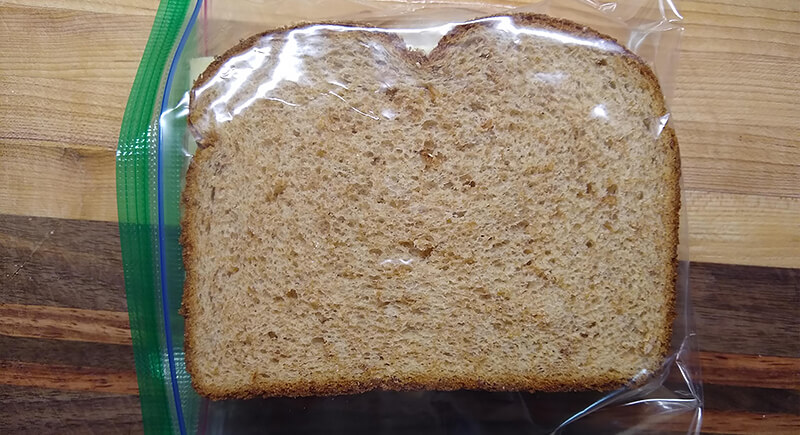
Credit: Reddit
Those thin plastic baggies mostly end up in landfills, where they don’t break down for centuries. Reusable silicone or PEVA snack bags solve the problem. They’re dishwasher-safe and last for years. They also come in various sizes and colors, which makes meal prep or on-the-go snacks more organized and fun.
Paper Towels
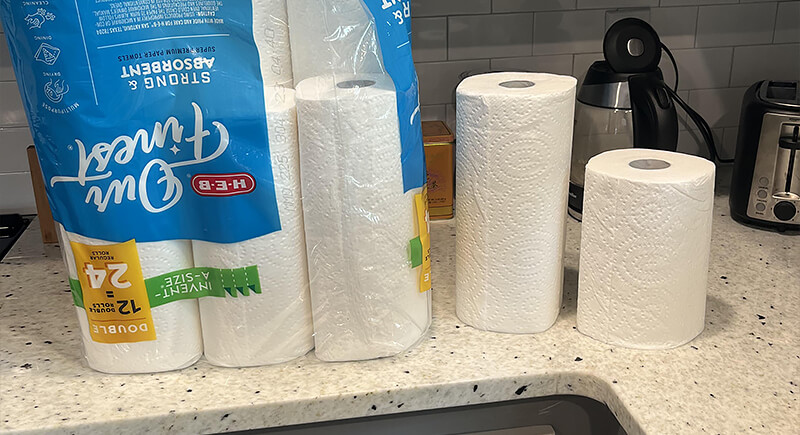
Credit: Reddit
Paper towels are useful, but they generate billions of pounds of waste each year. One washable Swedish dishcloth can replace up to 17 rolls. Made of cellulose and cotton, they absorb more, dry faster, and are compostable when worn out.
Plastic Wrap

Credit: Reddit
Plastic wrap is one of those kitchen habits that’s hard to break. It’s quick, convenient, and ends up in the trash after a single use. The problem is, it doesn’t really go away—it can sit in landfills for decades. A simple trade-off like beeswax wrap or a flexible silicone lid does the same job without the waste. Warm the wax with your hands, press it around your dish, rinse it later, and it’s ready for another round.
Plastic Water Bottles
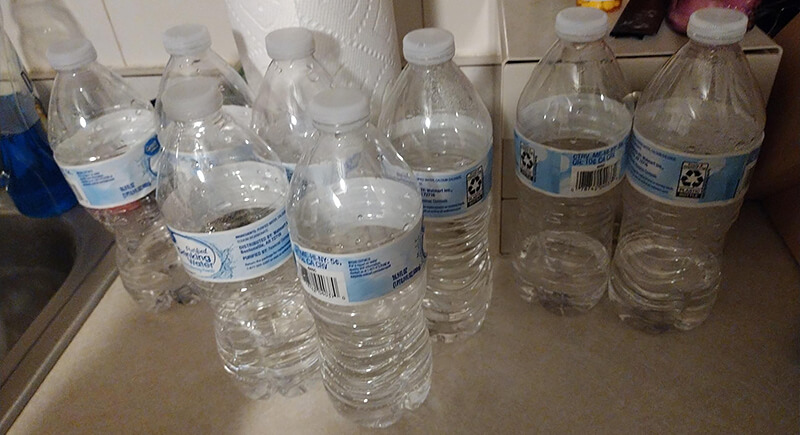
Credit: Reddit
Fifty billion bottles are sold annually in the U.S., and most aren’t recycled. That’s a lot of hydration with a side of waste. A solid stainless steel or BPA-free bottle can survive drops, hold heat or cold for hours, and ditch plastic entirely. Some even track how much water you’ve had.
Disposable Coffee Cups
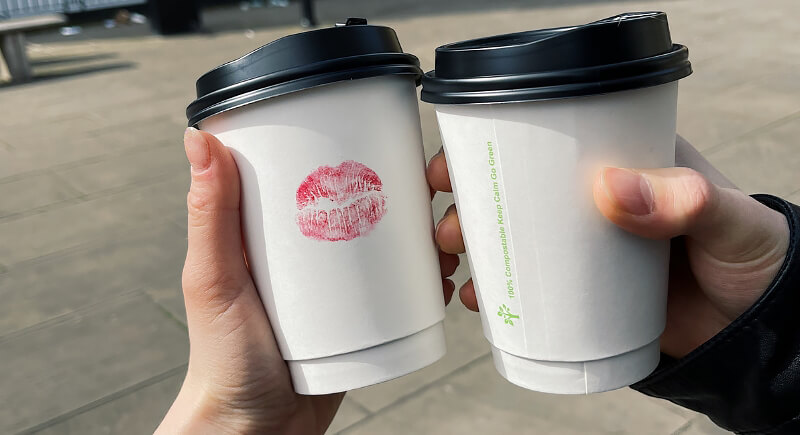
Credit: pexels
Most takeaway cups never make it to the recycling bin. Their thin plastic lining keeps them from breaking down, even though they look like paper. A reusable mug fixes that problem without much effort. Collapsible silicone versions tuck easily into a bag or pocket, while an insulated tumbler keeps your coffee warm long past the first sip.
Plastic Cutlery
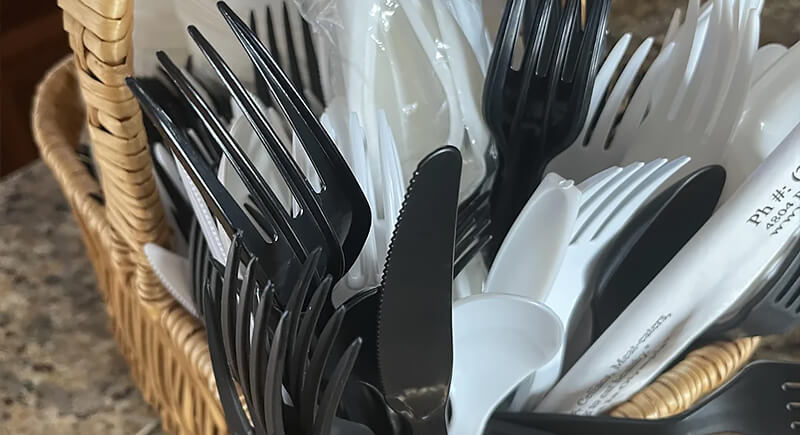
Credit: Reddit
Those plastic forks and spoons that come with takeout add up fast. They’re handy for a moment and useless right after. A small travel set—bamboo, stainless steel, or even titanium—handles every meal without creating trash. Some versions include chopsticks and straws, so you’re covered whether it’s a road trip, a picnic, or lunch at your desk.
Grocery Bags

Credit: Reddit
Thin plastic bags are still everywhere, despite local bans and fees. A cotton or polyester tote can handle far more weight and won’t tear mid-walk. Many fold into small pouches that clip to a keychain, so forgetting them becomes harder. Plus, a single reusable bag can replace hundreds of disposables annually.
Produce Bags
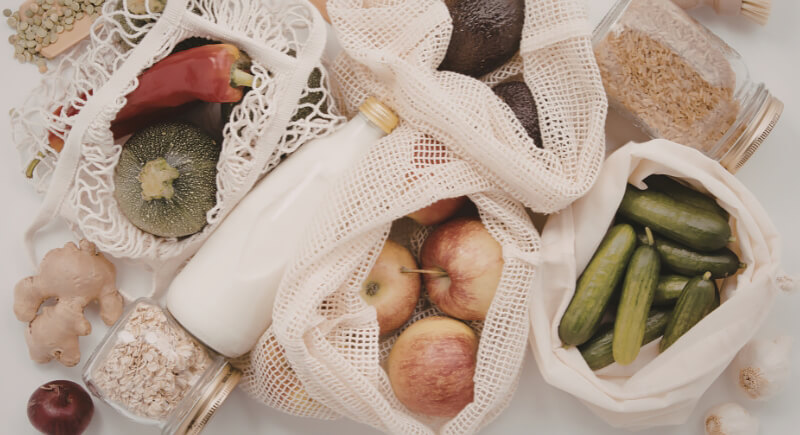
Credit: Canva
These bags are thin and serve a purpose for about 20 minutes. Mesh produce bags are the upgrade. They’re washable, hold up better under weight, and let your fruits and veggies breathe. Some grocery stores now sell them in multi-packs near the checkout lanes.
Tea Bags

Credit: CnvStudio’s Images
Loose-leaf tea does more than improve flavor; it also avoids the hidden plastic found in many tea bags. Most are sealed with polypropylene, a material that lingers in soil and compost for years. A stainless steel infuser keeps your cup clean and your waste low, and buying loose tea in bulk usually saves money too.
Coffee Filters
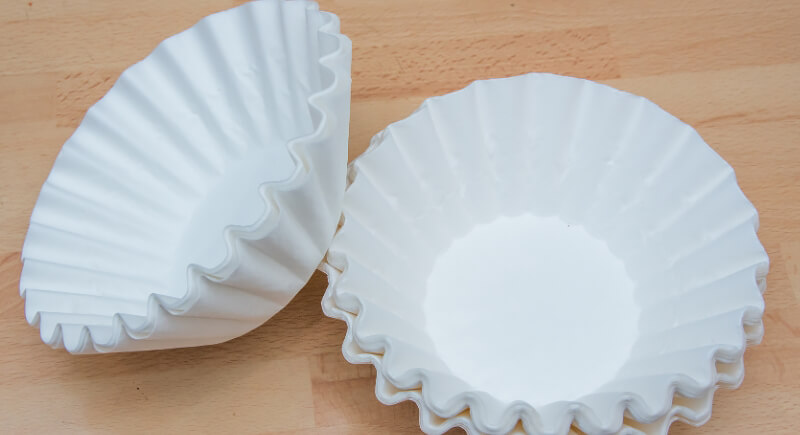
Credit: Getty Images
A stainless steel or cloth coffee filter can replace hundreds of bleached paper filters over time. They’re easy to rinse and don’t absorb the coffee’s oils, which can actually improve flavor. Some versions even fit right into a standard drip machine.
Dryer Sheets
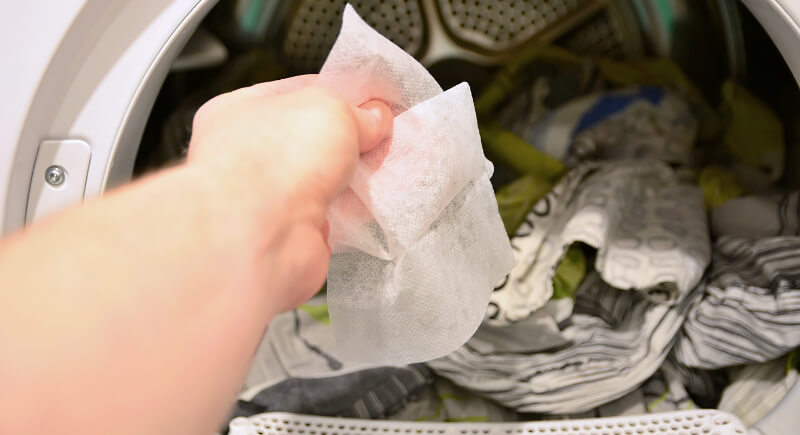
Credit: Canva
These softening sheets leave behind synthetic chemicals and often can’t be recycled. Wool dryer balls do the same job, last for years, and reduce drying time by helping air circulate better. Some people add a few drops of essential oil to give clothes a light scent without the synthetic residue.
Makeup Wipes
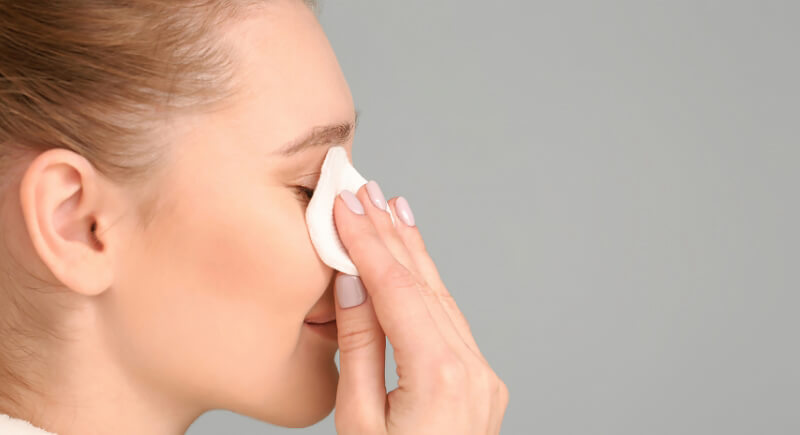
Credit: Canva
Most wipes include polyester or plastic fibers and aren’t biodegradable. Reusable cotton rounds or microfiber pads clean just as well, if not better, and are gentler on skin. They can be tossed in the laundry with towels or stored in a mesh bag. Over time, one set can replace thousands of wipes.
Plastic Soap Bottles

Credit: Getty Images
Hand soap and dish soap often come in plastic bottles, pumps, and all. Bulk refills help, but reusable glass or aluminum dispensers make the bigger difference. Some refill stations let customers bring their own containers. Several brands now offer dissolvable soap tablets that mix with water.
Razors

Credit: Canva
Disposable razors create plastic waste and need constantreplacementg. Safety razors use a single recyclable metal blade and often last for decades. The initial cost is higher, but the blades are cheap, and many people find them better for the skin. It’s a swap that’s been popular for over a century, and still works.
Pens
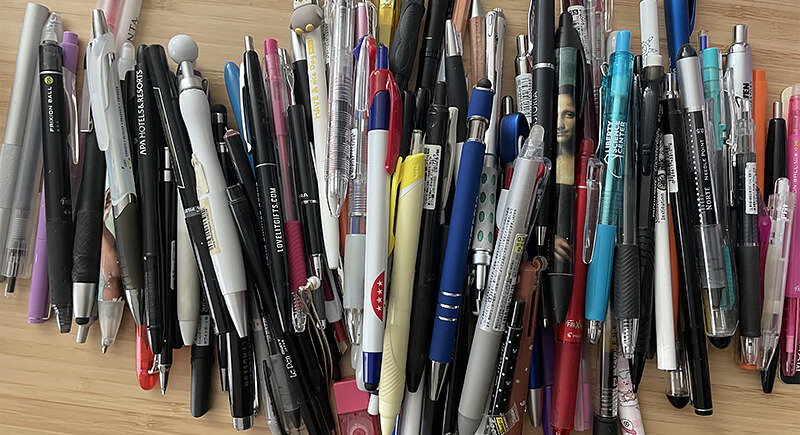
Credit: Reddit
It’s easy to burn through pens without realizing it. Those dollar-a-dozen packs don’t last long, and most aren’t recyclable. Refillable pens swap the disposable casing for a long-lasting barrel and changeable ink. Some even let you swap nib sizes or colors.
Toothbrushes
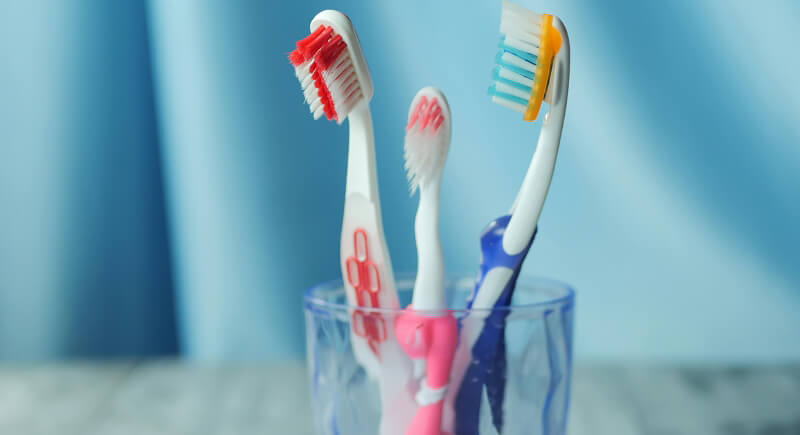
Credit: pexels
Plastic toothbrushes can’t be recycled through regular systems. Bamboo versions with biodegradable handles reduce plastic, and some brands now make toothbrushes with removable heads. Electric toothbrushes with replaceable heads are another reusable option that cuts down on waste while offering a deep clean.
Shaving Cream Cans
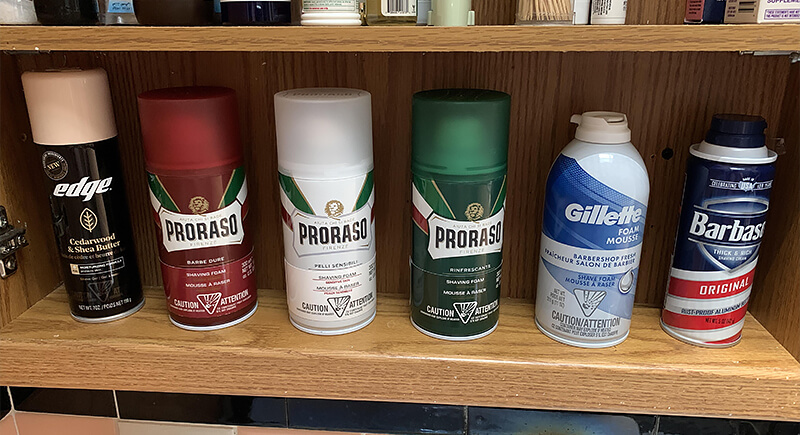
Credit: Reddit
Aerosol cans are tough to recycle and often filled with propellants. Traditional shaving soap or cream in a tin or jar works just as well and lasts longer. Applied with a shaving brush, it creates a thick lather without the extra packaging. Many brands now offer refill pucks to reduce consumption even further.
Cotton Swabs

Credit: pexels
Conventional swabs often use plastic stems that wind up in oceans and waterways. Some countries have banned them entirely. Reusable silicone swabs with textured tips mimic the feel of cotton but can be washed and reused hundreds of times. They usually come with a case for storage and hygiene.
Gift Wrap
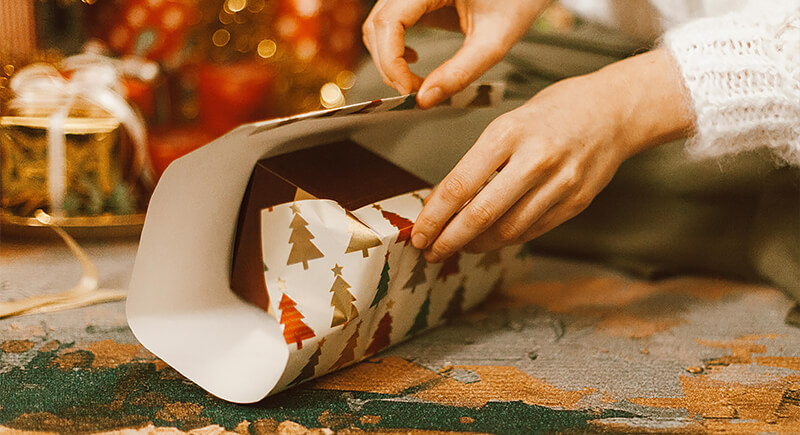
Credit: pexels
Skip the shiny paper and go for fabric instead. A square of cloth, a scarf, or even a tote bag can turn any gift into something memorable. Unlike most wrapping paper—often lined with foil or glitter that can’t be recycled—fabric wrap lasts for years and adds a personal touch. It’s an easy way to keep the joy of giving without the pile of waste afterward.
K-Cups
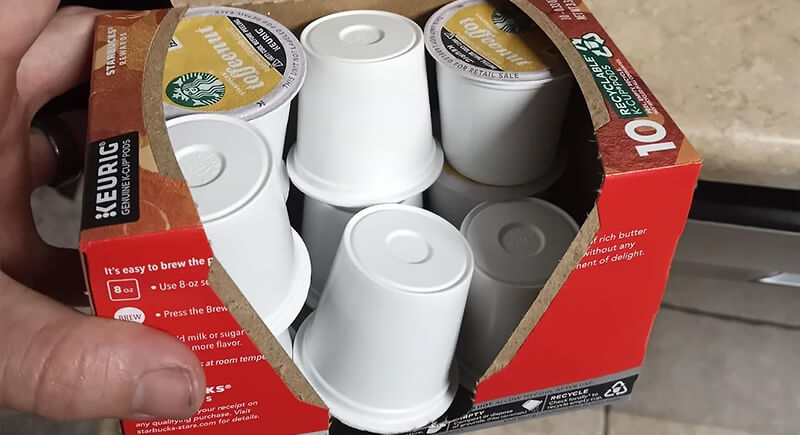
Credit: Reddit
Single-use coffee pods are convenient but create a lot of trash. Refillable pods let people keep using the same coffee machine while cutting out the waste. Just fill, rinse, and reuse. Some brands even sell compostable pods, but reusable options save more over time and allow for better coffee variety.